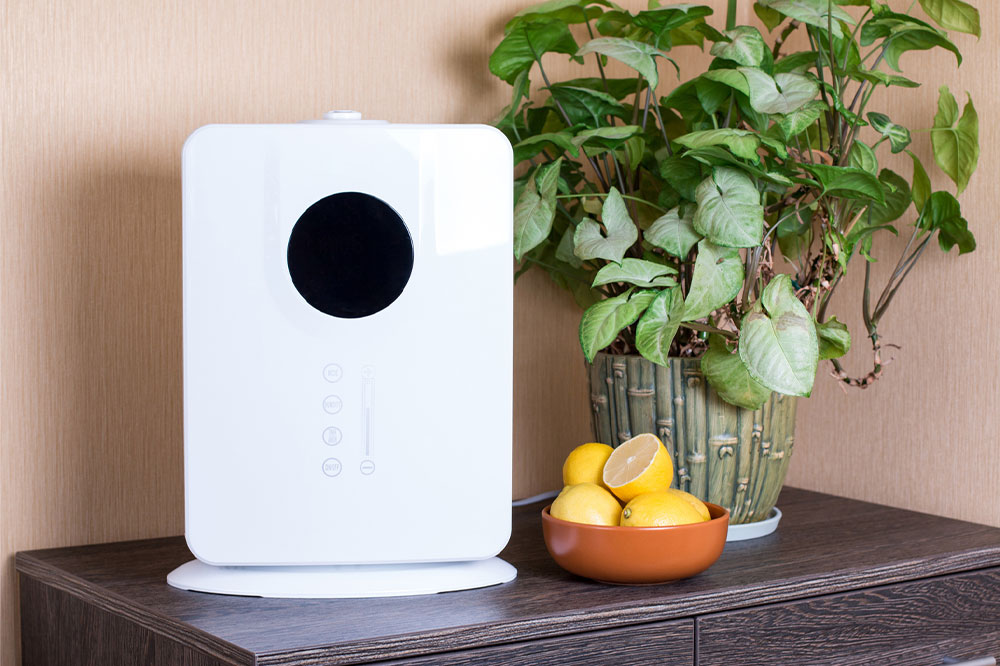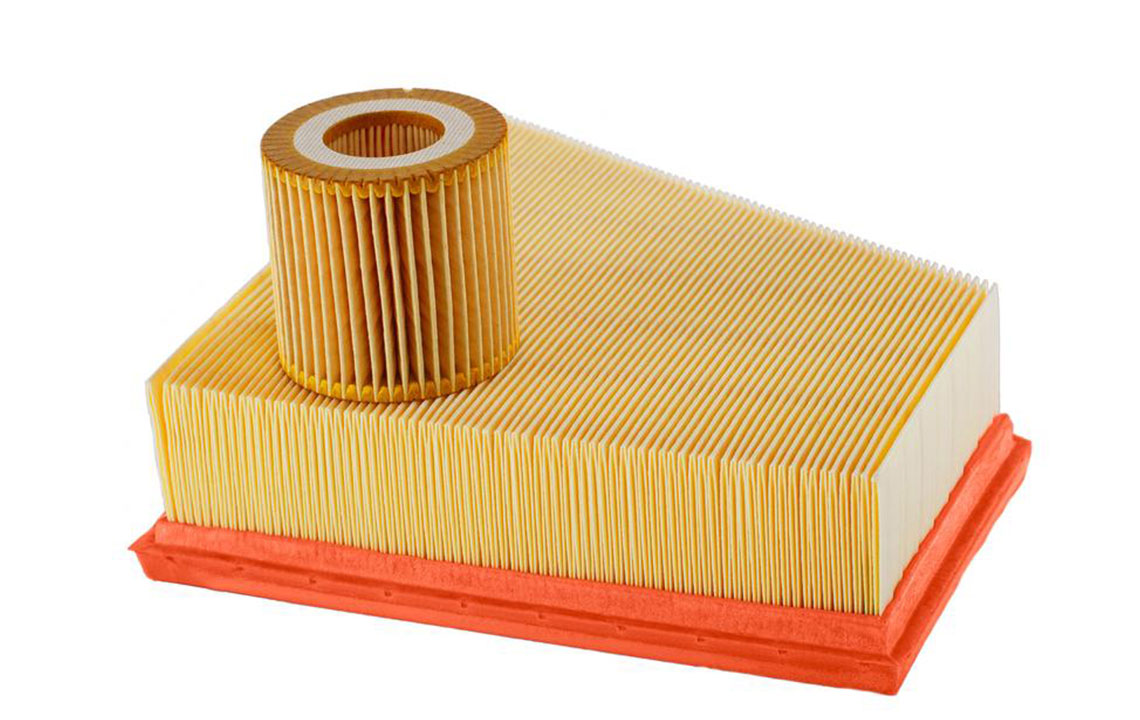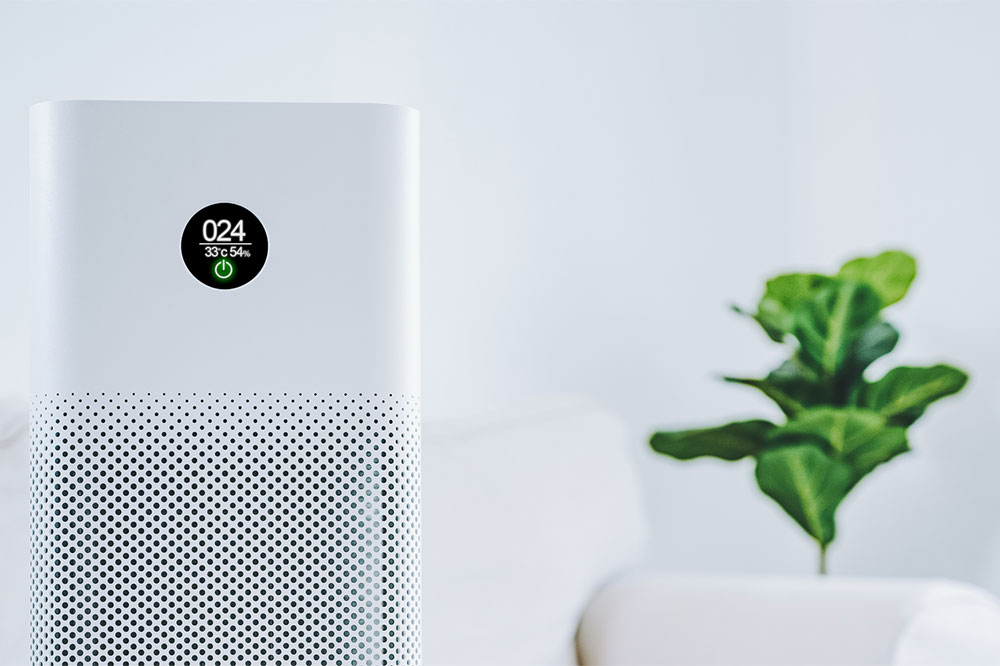Effective Strategies to Enhance Indoor Air Circulation and Purity
Discover effective and straightforward methods to improve indoor air quality. This guide covers filter upgrades, proper ventilation, cleaning tips, indoor plants, and exhaust fans to create a healthier home environment. Implementing these strategies can reduce allergens, odors, and pollutants, promoting better respiratory health and comfort indoors.

Simple Ways to Boost Indoor Air Quality
Indoor air contamination is an increasing concern in many homes across the United States. Factors like clutter, inadequate cleaning routines, and poor ventilation contribute to worsening air conditions. Dust, mold spores, pet dander, and chemical fumes are common allergens that hinder respiratory health. Thankfully, adopting a few straightforward lifestyle adjustments and routine maintenance can significantly improve indoor air quality, promoting a healthier living environment.
Upgrade Filters and Use Air Purifiers
HVAC systems help filter airborne pollutants before circulating cooled air indoors. Regularly replacing filters and maintaining the system ensures optimal performance. Additionally, investing in high-efficiency particulate air (HEPA) purifiers can trap up to 99% of airborne allergens, including VOCs, smoke, mold spores, and pet dander. These devices create a more breathable space, especially beneficial for those with respiratory issues.
Ensure Proper Ventilation
Fresh air exchange is vital for indoor air quality. Opening windows and doors daily allows pollutants and odors to escape, reducing indoor humidity and preventing mold growth. Installing dehumidifiers can help control moisture levels, further inhibiting mold and mildew formation.
Keep Spaces Clean
Maintaining cleanliness limits allergen buildup. Vacuum floors and furnishings frequently with HEPA-equipped vacuums, especially in areas with pets, to remove pet dander and dust. decluttering reduces dust accumulation on surfaces, making cleaning more efficient and preventing pollutants from settling.
Introduce Indoor Plants
Plants like peace lilies, spider plants, bamboo palms, and aloe vera enhance decor and improve air purity. They naturally filter carbon dioxide and release oxygen. However, ensure household members aren’t allergic to specific plants, as some can trigger respiratory issues.
Install Exhaust Fans
Exhaust fans in kitchens and bathrooms efficiently remove cooking fumes, odors, and excess moisture. Proper ventilation during cooking, especially with gas stoves, prevents harmful gases like carbon monoxide from accumulating. These fans also help keep mold at bay by reducing humidity and airborne pollutants in moisture-prone areas.
Consistently applying these simple practices ensures improved indoor air quality and a healthier home environment.










